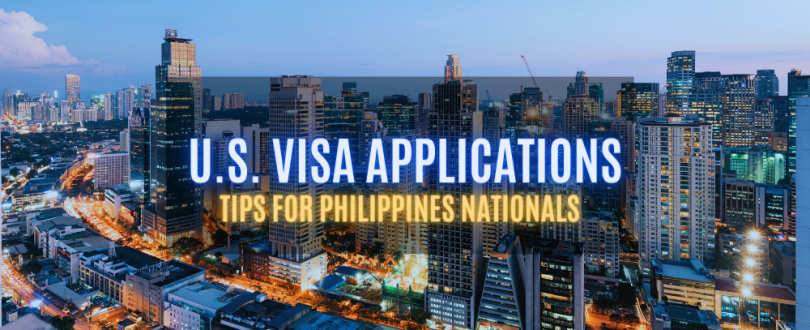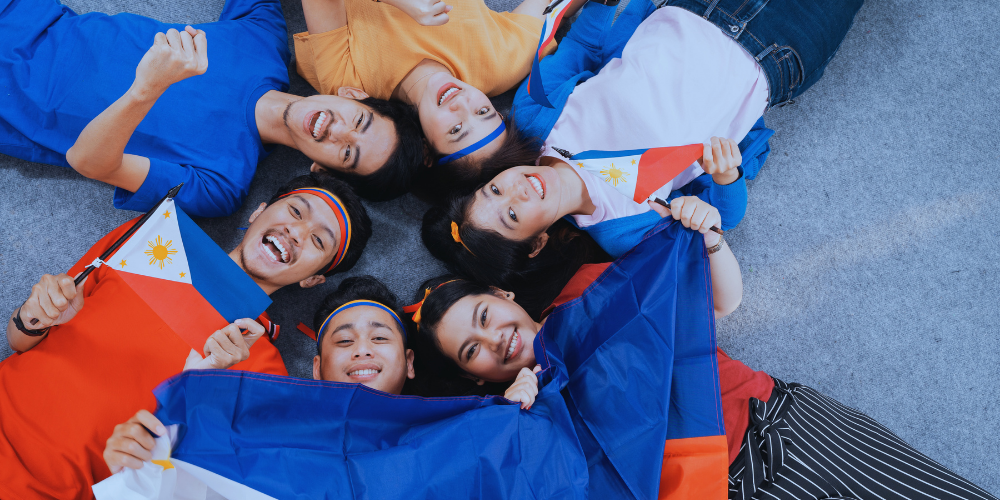
Are you a Philippine national dreaming of visiting, studying, or working in the United States? Understanding the U.S. visa process is essential for turning those dreams into reality. Navigating this process can be complex, but with the right guidance, you can approach it with confidence. This guide provides an in-depth look at the types of visas available, application tips, and advice on handling potential challenges. By the end of this post, you’ll be better prepared to embark on your journey to the U.S.
Overview of U.S. Visa Types
The U.S. offers a variety of visa types, each designed for specific purposes:
– Non-immigrant visas: These include Tourist (B-2), Business (B-1), Student (F-1, M-1), and Temporary Worker (H-1B, L-1) visas.
– Immigrant visas: For those intending to reside permanently in the U.S.
– K-1 visas: Particularly popular among Filipinos, this visa allows fiancés of U.S. citizens to enter the U.S. to marry.
Understanding the right visa for your needs is the first step in the application process.
Eligibility Requirements
Each visa category comes with its own set of requirements:
– General requirements: These include a valid Philippine passport, a nonimmigrant visa application, Form DS-160, and a passport photo.
– Specific requirements: Depending on the visa type, you may need to provide additional documents, such as proof of financial support, admission letters from U.S. schools, or sponsorship from a U.S. employer.

Step-by-Step Application Process
The application process can be daunting, but breaking it down into steps can help:
1. Application Form: Complete the DS-160 form online for nonimmigrant visas.
2. Schedule an Interview: Appointments can be made at the U.S. Embassy in Manila. The wait time can vary, so early scheduling is recommended.
3. Prepare for the Interview: Gather all required documents and practice answering potential interview questions.
Documentation Checklist
Ensuring you have all necessary documents is critical:
– Standard documents: Passport, DS-160 confirmation page, application fee receipt, and photos.
– Visa-specific documents: Such as relationship proof for a K-1 visa or employment offers for work visas.
– Financial documents: Showing your economic ties to the Philippines can help demonstrate that you will return after your visit.

Preparing for the Visa Interview
The interview is a vital part of the process:
– What to Expect: Questions typically focus on your reasons for visiting, your ties to the Philippines, and your financial status.
– Tips for Success: Be honest, remain calm, and answer succinctly. Demonstrating strong ties to your home country is crucial.
Handling Visa Denials
Understanding why visas are denied can help you avoid common pitfalls:
– Common reasons: Inadequate proof of ties to the Philippines or incomplete application forms.
– If denied: You can reapply. Consider improving your application or consult legal advice to address refusal reasons.
Post-Visa Approval: What Next?
After your visa is approved:
– Prepare for travel: Organize your travel arrangements and prepare for U.S. entry procedures.
– Understand your visa: Know the conditions of your visa, including how long you can stay and what activities you are allowed to engage in.
Successfully navigating the U.S. visa application process as a Philippine national requires preparation, proper documentation, and a good understanding of the procedures. Visahelp can help simplify this process. With professional guidance and expert advice, Visahelp ensures that your application is as strong as possible, increasing your chances of a favorable outcome. Equip yourself with the right knowledge and resources, and take that first confident step towards your U.S. adventure.
Embark on your journey well-prepared and look forward to experiencing all that the United States has to offer! Safe travels!

